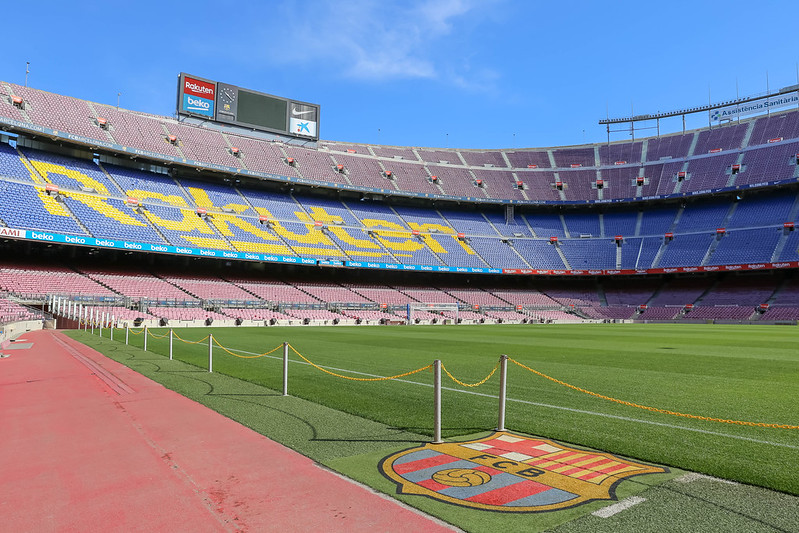
Soccer, or football players to most of the world, are most often recognized for their impressive work on the field. However, professional soccer players have a lot of potential for impactful good off the field. This, due to their status, influence and financial capabilities. Listed here are five soccer players (part of FIFA) who have a powerful impact on the lives of impoverished peoples. Importantly, their reach extends throughout the world. These are great examples of professional soccer players practicing philanthropy.
5 FIFA Soccer Players Practicing Philanthropy
- Lionel Messi is an Argentine footballer who plays forward and captains La Liga club, Barcelona and the Argentinian national team. In response to COVID-19, Messi has made a wide variety of contributions through his organization, The Leo Messi Foundation. He began his foundation in 2007. Its mission focuses on helping kids and teenagers using health, education and sports initiatives. Messi has donated €1 million, split between Hospital Clinic in Catalunya and a health center in Argentina. Additionally, he gave €200,000 to UNICEF projects in Kenya. As a result, more than 2,000 citizens gained access to clean water.
- Mohammed Salah is a winger for the English Premier League club, Liverpool and the Egyptian national team. Salah has donated thousands of tons of food and fresh meat to his hometown in Egypt, to help families who have been impacted by COVID-19. Also, Salah donated to the Bassioun General Hospital. Moreover, he (along with his father) gave land to establish a sewage treatment plant in his hometown. With this effort, he hopes to provide a stable source of clean water to the region. Furthermore, Salah has been selected as the first ambassador for the U.N. Instant Network Schools, which connects refugees and host countries’ students with online education opportunities.
- Sadio Mane is a forward for the English Premier League club, Liverpool. Mane is funding the construction of a hospital for the village of Bambali, Senegal, where he was born. He took inspiration to do so after losing his father to a stomach illness, with no hospital in the village available to help him. Considering Senegal’s inhabitants, 33% are below the poverty line and Mane’s contributions to schools, hospitals and mosques in his home village are helping improve the quality of life for individuals living there.
- Mesut Ozil is a German footballer who plays as a midfielder for the English Premier League club, Arsenal. It is reported that he has paid for more than 1,000 operations for children across the world, food for 100,000 refugees in Turkey and Syria and is an ambassador for the children’s charity — Rays of Sunshine, in England.
- Jermain Defoe is currently a striker for the Scottish Premiership club, Rangers. He created the Jermain Defoe Foundation in 2013 to support at-risk youth in his family’s hometown, Caribbean, St. Lucia. His foundation’s mission is to help kids who are vulnerable and in need in the U.K., the Caribbean Islands and Northern Island. His grandparents grew up in St. Lucia and his foundation has worked on several projects in St. Lucia. The foundation’s work includes the refurbishment of the Soufriere Primary School after a hurricane, donation of shoes to the Daigen School and the financial backing of The Rainbow Children’s Home.
Good Work: On and Off the Pitch
In addition to their work on the football pitch, these soccer players practicing philanthropy are doing excellent work for humanitarian missions and initiatives. The contributions of these soccer players in healthcare, education and nutrition are improving the lives of the individuals affected by their initiatives worldwide.
– Hannah Bratton
Photo: Flickr
 In 2019, the
In 2019, the 
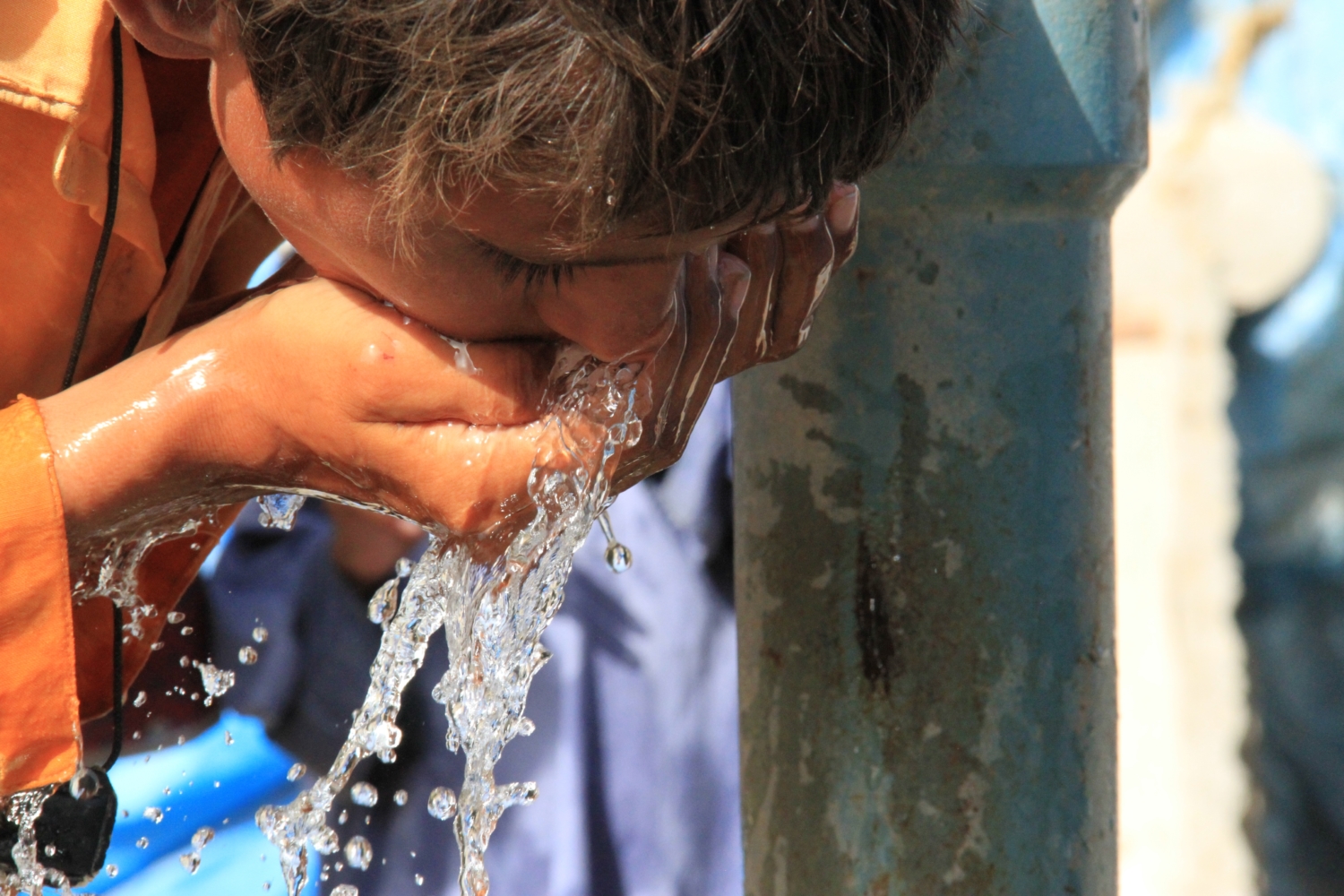 The United Nation’s sixth Sustainable Development Goal is devoted to enhancing clean water and sanitation. Specifically, it calls for equitable access to clean drinking water and basic sanitation for all by 2030. However, nearly one-third of the global population lacks access to clean drinking water. Some companies are making solutions to this problem in the form of apps improving access to clean water.
The United Nation’s sixth Sustainable Development Goal is devoted to enhancing clean water and sanitation. Specifically, it calls for equitable access to clean drinking water and basic sanitation for all by 2030. However, nearly one-third of the global population lacks access to clean drinking water. Some companies are making solutions to this problem in the form of apps improving access to clean water. Pandemics have far-reaching impacts, such as economic downturns and overburdened healthcare systems. Previous outbreaks, such as Zika and Ebola, revealed that infectious diseases tend to highlight existing structural problems in countries with regard to age, race and gender. In fact, recent data from the pandemic has shown that the outbreak is deepening already existing gender inequalities. According to the U.N. Women’s current analysis of the situation, there are five critical areas where women are impacted the most that must be addressed immediately. These areas include the increase in the risk of gender-based violence due to lockdowns and stay-at-home mandates. COVID-19 has also exacerbated unemployment the unequal distribution of care and domestic work. Additionally, despite the increase in gender inequality during COVID-19, many policy responses to the pandemic do not involve gender-based planning.
Pandemics have far-reaching impacts, such as economic downturns and overburdened healthcare systems. Previous outbreaks, such as Zika and Ebola, revealed that infectious diseases tend to highlight existing structural problems in countries with regard to age, race and gender. In fact, recent data from the pandemic has shown that the outbreak is deepening already existing gender inequalities. According to the U.N. Women’s current analysis of the situation, there are five critical areas where women are impacted the most that must be addressed immediately. These areas include the increase in the risk of gender-based violence due to lockdowns and stay-at-home mandates. COVID-19 has also exacerbated unemployment the unequal distribution of care and domestic work. Additionally, despite the increase in gender inequality during COVID-19, many policy responses to the pandemic do not involve gender-based planning. Mauritius is an island nation of 1.3 million people situated in the Indian Ocean about 700 miles to the east of Madagascar. The island is home to incredibly unique and rare species found nowhere else on the planet, although many have gone extinct in recent decades. One of Earth’s most famous extinct species, the
Mauritius is an island nation of 1.3 million people situated in the Indian Ocean about 700 miles to the east of Madagascar. The island is home to incredibly unique and rare species found nowhere else on the planet, although many have gone extinct in recent decades. One of Earth’s most famous extinct species, the 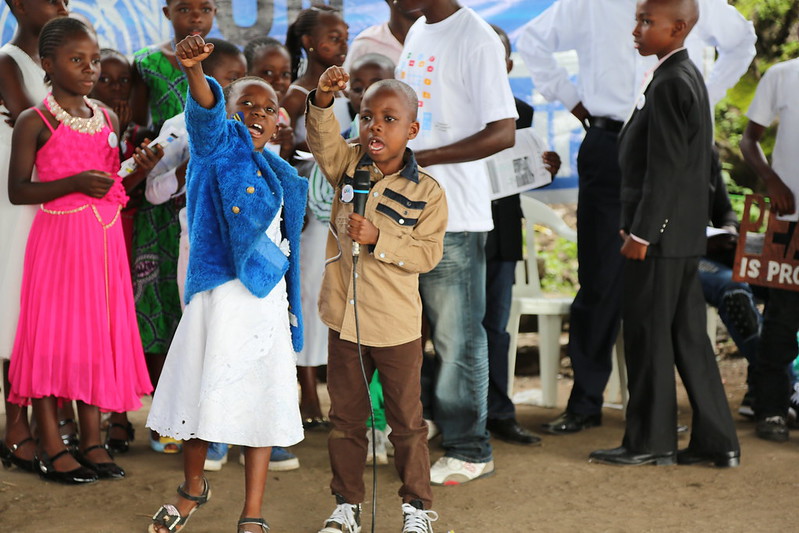 The
The 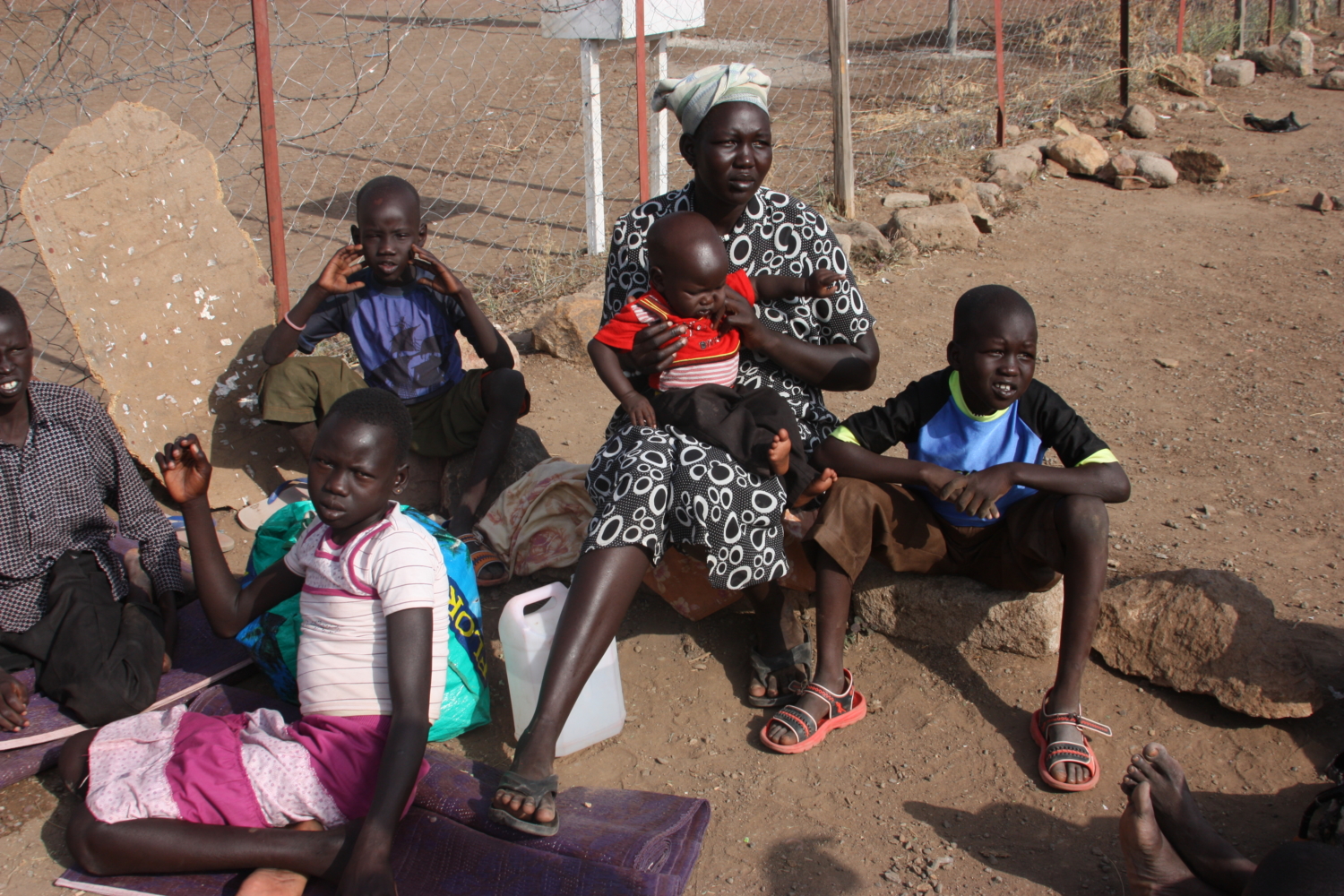 Many refugees in Sudan fled on foot to Egypt to escape violent and impoverished conditions in Sudan. About
Many refugees in Sudan fled on foot to Egypt to escape violent and impoverished conditions in Sudan. About 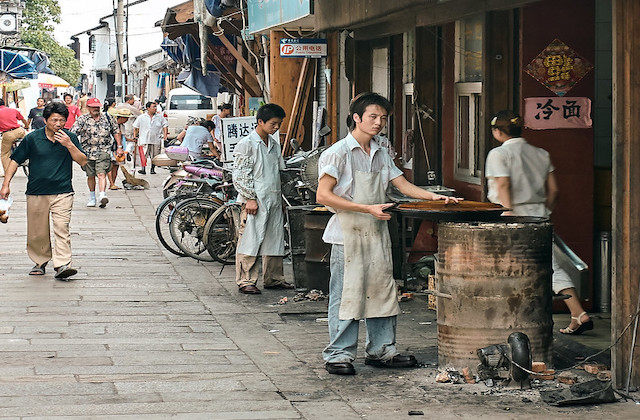 The fight against poverty is a massive undertaking. While China’s poverty reduction has helped the United Nations (U.N.) reach its goals, there is still a ways to go. For real and lasting progress to be made on the task of lifting millions above the poverty line, the global community has no recourse but to rely on the collective efforts and data of the global community. However, by synergizing the work of non-governmental organizations (NGOs), the private sector and governmental institutions, the uphill battle of poverty reduction remains fierce but not insurmountable.
The fight against poverty is a massive undertaking. While China’s poverty reduction has helped the United Nations (U.N.) reach its goals, there is still a ways to go. For real and lasting progress to be made on the task of lifting millions above the poverty line, the global community has no recourse but to rely on the collective efforts and data of the global community. However, by synergizing the work of non-governmental organizations (NGOs), the private sector and governmental institutions, the uphill battle of poverty reduction remains fierce but not insurmountable.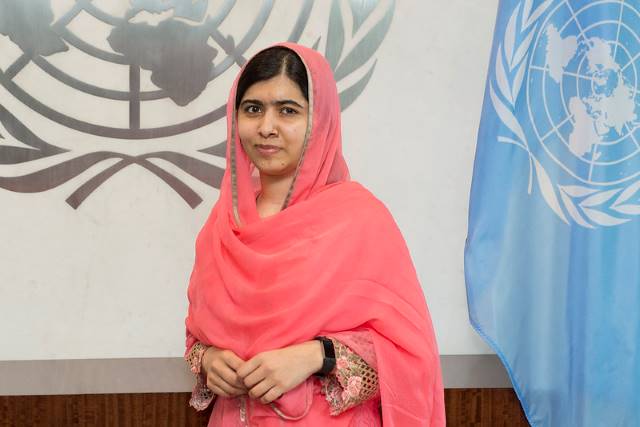 On September 19, 2020, the United Nations broadcasted a
On September 19, 2020, the United Nations broadcasted a